TFPC for Beginners
TFPC stands for Trouble Free Pool Care. The TFPC method of taking care of your pool focuses on using simple techniques that don't cost too much and work reliably in nearly all situations. Using TFPC, you avoid putting anything in your water that you don't need and which may cause problems. This allows you to save money and spend your time swimming, instead of driving to the pool store to buy yet another expensive solution to a problem you didn't need to have in the first place.
The keys to a beautiful pool are consistency, testing, and chlorine. You need to be consistent. Spending just a couple of minutes every single day can save you hours and hours of work later on. You need to test the water so you know what is going on and can figure out what to do to keep everything in balance. And you need to use chlorine.
None of the alternatives to chlorine works reliably and consistently in outdoor pools. Almost every problem people have with chlorine comes from pools that are not properly maintained. If you keep a chlorine pool the right way, people will ask you what you are using instead of chlorine. Almost all of the problems people associate with chlorine are actually problems that come from bad pool maintenance.
The best investment you can make in your pool is a top quality water test kit. Accurate water test results will save you time and money again and again. The
TF Test Kits TF100,
Taylor K2006 , and
Leslie's Chlorine FAS-DPD Service Test Kit are the current stand-out choices on the market. All three include the FAS-DPD chlorine test, and are based on Taylor chemistry.
Testing and Adjusting
Every day you should measure your chlorine and PH, and adjust each as needed, based on your test results. Get into a routine of testing and adjusting the water at the same time every day. The best time to test and adjust is in the evening, but if another time works better for you, go ahead and do that. Once you get used to this simple routine, it will only take a couple of minutes a day.
Once every week or two you should test and adjust total alkalinity (TA) and, if you don't have a vinyl pool, calcium hardness (CH).
At the start of the season, and any time there has been significant water replacement, you should measure and adjust cyanuric acid (CYA). If you are using salt or borates in your pool, you should measure them at this time as well.
To adjust a level, measure your current level and enter it into the Now column of
Pool Math. Enter your desired level into the Goal column. Assuming your pool volume has been entered correctly,
Pool Math will then show you how much chemical to add to adjust the level. In several cases, The
Pool Math will offer more than one possible chemical. In those cases, follow the advice below under the individual water test factors for which chemical to use.
When adjusting levels, it is usually best to work your way up towards your goal, instead of making the change all at once. First add perhaps 2/3rds of the amount indicated, allow that to mix into the water with the pump running for an hour for liquids, two to four hours for most powders, and a week for CYA. Then test the water again and continue adjusting from there. Chlorine is an exception to this rule: go ahead and add the full amount of chlorine all at once.
Chlorine (FC and TC)
Chlorine sanitizes your pool, killing bacteria, germs, and algae. Chlorine is used up in the process of keeping your pool safe, and is also consumed by sunlight. You need to add new chlorine regularly to maintain appropriate levels.
Chlorine can be measured as free chlorine (FC) or total chlorine (TC). TC counts both FC and combined chlorine (CC). You always want CC to be zero, and usually it is, so normally the TC test can be used to measure FC. But when something goes wrong, CC can often be greater than zero, and then it becomes important to measure FC and CC separately.
The FC level you are aiming for depends on your cyanuric acid (CYA) level. You can use
Pool Math to find the appropriate chlorine level to aim for, based on your current CYA level. Enter your CYA level in the Now column and then look at the blue Suggested FC Levels section towards the bottom for the normal range. Or, you can use the
Chlorine / CYA Chart for the min and target numbers. Each of those gives you a range of chlorine levels that may be appropriate for your pool. You
never want the chlorine level to go below the lower number.
Add chlorine to the pool with liquid chlorine. Pour the liquid chlorine slowly into the water in front of a return jet. If liquid chlorine is impossible to find, you can use household bleach. Look for unscented or "original scent" and note the percentage. Avoid any scents, additives, or "splashless" bleach. Bleach is commonly sold at 6% strength but some discount brands are lower, occasionally much lower. Bleach is the exact same chemical as liquid chlorine - sodium hypochlorite.
It is also fine to use a salt water chlorine generator (SWG) to add chlorine to the pool instead of using bleach. All of the other possible sources of chlorine have problems, they add things to the water that you don't usually want, simply cost too much to be practical, or are too dangerous to work with. Dichlor and trichlor add CYA. Cal-hypo adds CH. Chlorine gas is hazardous to work with. And lithium-hypo tends to be very expensive. There are cases where you want to add CYA or CH to the water and so use of dichlor, trichlor, or cal-hypo may be justified for a limited time, but this is rare.
PH
PH is a measure of how acidic or basic the water is. PH below 7.0 can damage the pool surface and many pool heaters as well as causing eye and skin irritation. PH above 8.0 can lead to metal stains, plaster scaling, as well as eye and skin irritation. PH should always be maintained between 7.2 and 7.8, ideally between 7.5 and 7.8.
PH can be raised by adding borax. Borax is best added by pre-dissolving it in a bucket of water and then pouring that slowly in front of a return. Borax is available at most grocery stores and places like WalMart and Target. Look for 20 Mule Team Borax, sold as a laundry booster, in a green box in the laundry aisle.
PH can be lowered with muriatic acid. Pour the muriatic acid slowly into the water in front of a return jet. Muriatic acid is sold at places like Home Depot, Lowes, and local hardware stores. It is often out near the pool supplies but sometimes is in the paint section. It is also possible to use dry acid to lower the PH. Dry acid is easier to work with than muriatic acid but costs more and should not be used with a SWG. Dry acid is sold by pool stores as PH Down, Lo-n-Slo, and PH Reducer.
Total Alkalinity (TA)
TA is a buffer that helps you maintain your current PH. The higher your TA is, the more difficult it will be to change the PH. However, higher TA levels combined with aeration will tend to raise the PH. The ideal TA level depends on your source of chlorine, and in many cases doesn't need to be at all exact. The usual range is between 60 and 90, though slightly lower and noticeably higher numbers are acceptable in some situations.
TA is raised with baking soda. Baking soda can be added by spreading it across the surface of the deep end of the pool. Look for Arm and Hammer baking soda, sold in grocery stores in the baking aisle. To lower TA, you bring the PH down to between 7.0 and 7.2 with acid and then aerate the pool to raise the PH back up. Aeration can come from from a waterfall, fountain, spa jets, kids splashing, SWG, rain, air compressor, or by pointing a return up to the surface so it breaks the surface. That cycle, acid and aeration, is then repeated as many times as is needed to lower TA to where you want it.
Calcium Hardness (CH)
CH is added to the water so that the water will not dissolve calcium out of your plaster or grout. CH can also help prevent foaming in spas. If you have plaster, pebble, stone, or tile in the water, CH should be kept around 200 to 400. Fiberglass pools and vinyl pools with a spa should keep CH around 220. Vinyl pools without a spa should keep CH anywhere under 300, which usually means you don't need to worry about it much at all.
CH is increased with calcium chloride or calcium chloride dihydrate. Distribute either form across the surface of the deep end of the pool. Calcium chloride is sold as an ice melter. Calcium chloride dihydrate is sold at pool stores as calcium increaser, Hardness Plus, and various similar names. To lower CH, you need to replace water, or if replacement water is extremely expensive use a reverse osmosis water treatment.
Cyanuric Acid (CYA)
CYA protects chlorine from the effects of sunlight. The more CYA you have the less chlorine you will lose to sunlight each day. CYA also reduces the effective strength of the chlorine. At higher CYA levels you need more chlorine to maintain the same active chlorine level. If you have a SWG or get extreme amounts of direct sunlight on the pool, adjust CYA to between 60 and 80. Otherwise adjust CYA to between 30 and 50.
CYA can be increased by adding cyanuric acid, often sold as stabilizer or conditioner. Solid/granular cyanuric acid (CYA) should be placed in a sock and the sock put in the skimmer basket or suspended in front of a pool return. CYA is just about the only chemical you may need to go to a pool store to get although it is sometimes available at Lowe's or Home Depot. Check the label to be sure you are getting cyanuric acid since there are other products that use the words stabilizer and conditioner in their names. To lower CYA you must replace water, or if replacement water is extremely expensive use a reverse osmosis water treatment.
Salt
Salt is required by a SWG and can also be used without a SWG to improve the feel of the water. Salt can be dumped directly into the pool as long as you brush it around into a thin layer and leave the pump running for several hours. Use solar salt, sold for water softeners, to raise the salt level. Water softener salt is sold by places like Home Depot and Lowes. Look for salt crystals in the blue bags. Avoid iron fighter, rust remover, or any similar additives. You can use potassium chloride but it costs more to begin with and you need to use 17% more to get the same salt level.
Borates
Borates can optionally be added to the pool to help control algae, reduce chlorine usage, buffer PH, and improve the look and feel of the water. The process of adding borates to your pool is beyond the scope of this article.
Everything Else
There are many other pool chemicals sold: clarifier, flock, phosphate removers, enzyme treatments, metal sequestrant, non-chlorine shock, and many others. Most of these do have some use in very specific situations, but none of them are required in most pools. You should not use any of these chemicals unless you know that you are in a situation where they are required.
Conclusion
The leading cause of pool problems is simply ignoring the pool. Your pool is like a pet: it requires constant attention. The number two cause of problems is adding chemicals you didn't need and don't want. Not only do these extra chemicals tend to cost a lot but they can also cause problems.
Follow the TFPC method, spend just a couple of minutes a day taking care of your pool, and you can have a truly trouble free pool.

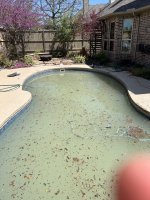
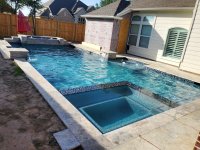
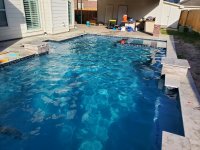
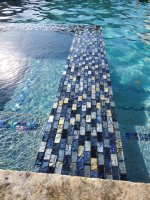
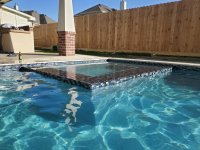
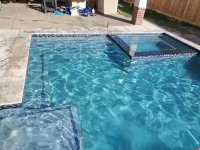
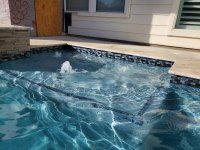
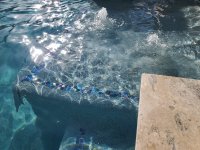
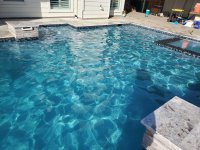
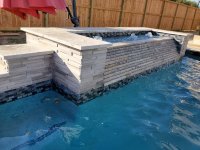
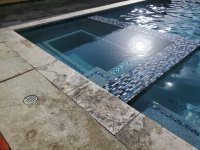
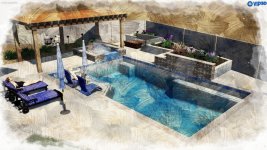
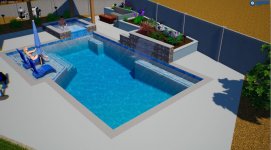
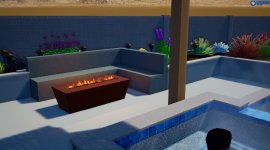
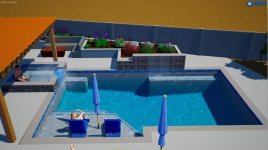
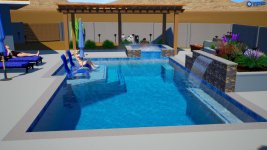
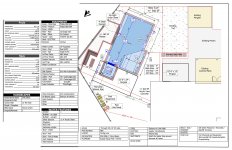
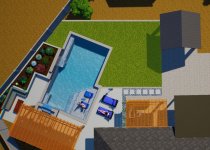





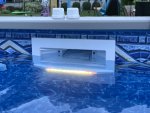
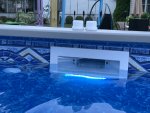
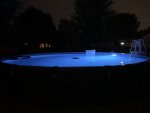
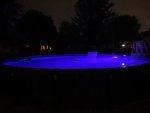
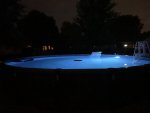
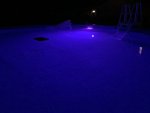
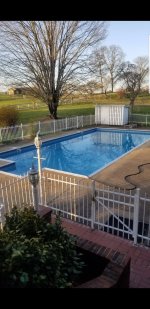
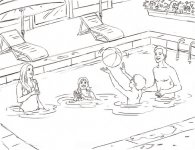

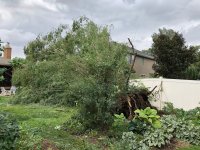






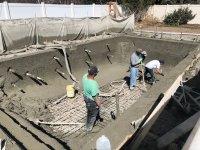








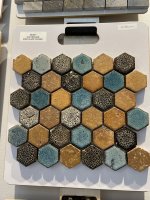

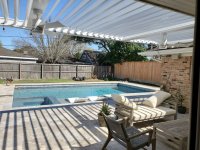 Login to view embedded media
Login to view embedded media

